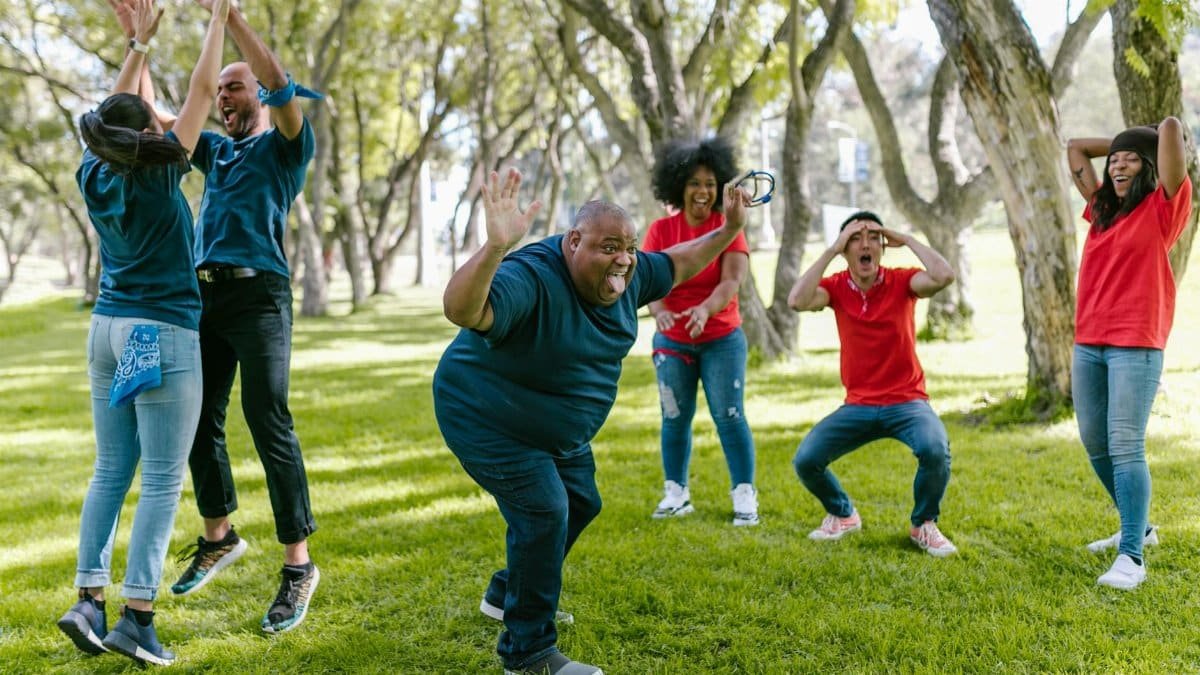Imagine a room full of colleagues, usually tethered to emails and deadlines, sitting in a circle, sharing quiet moments of appreciation. It’s not a scene from a feel-good movie but a growing reality at corporate retreats across the U.S. What’s driving this shift? Enter the gratitude game retreat—a concept blending team-building with genuine emotional connection. These structured activities, often woven into offsite programs, encourage employees to express thanks, reflect on shared wins, and build trust in ways that trust falls never could. In 2025, as workplace wellness takes center stage, companies are increasingly turning to such games to foster a sense of belonging. This isn’t just about warm fuzzies; it’s about creating stronger, more cohesive teams. Here, we unpack 15 gratitude games tailored for corporate retreats—icebreakers with real depth that can transform a group of coworkers into something closer.
1. Gratitude Circle Kickoff
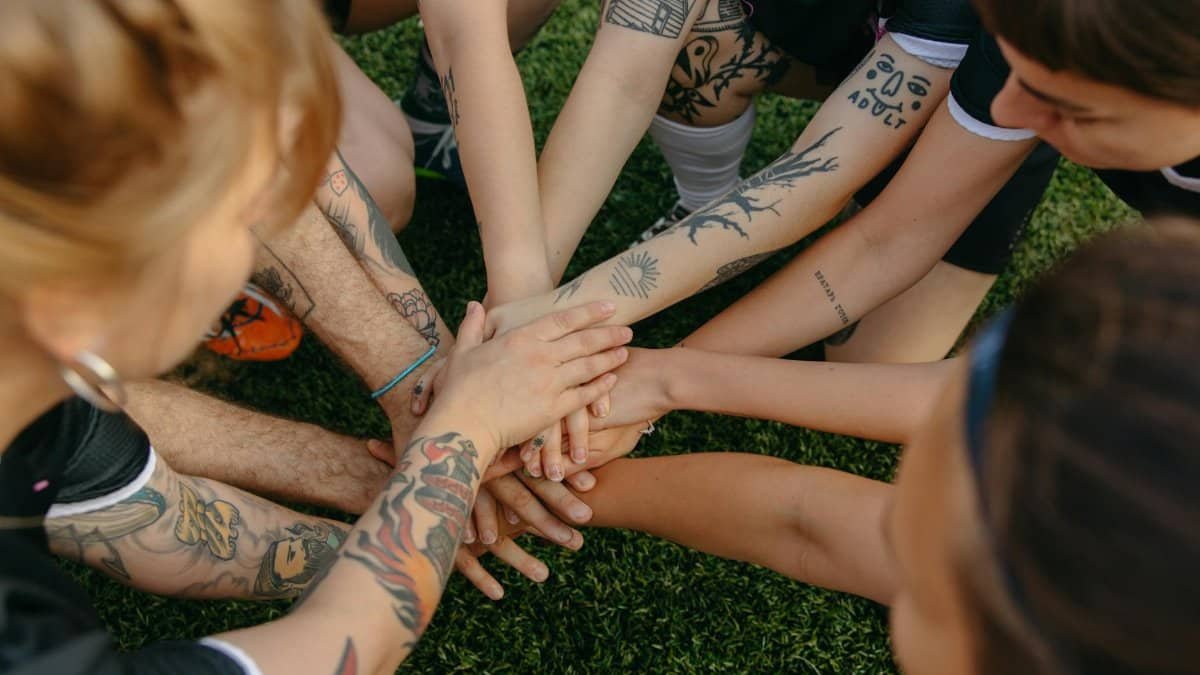
A simple start can set the tone for an entire retreat. Gather everyone in a circle, preferably in a quiet outdoor space if possible, and pass a small object—a stone, a token, anything tangible. Whoever holds it shares one thing they’re grateful for about the team or workplace. It could be a colleague’s support during a tough project or even the office coffee machine that keeps everyone going. The key is brevity; keep responses under a minute to maintain momentum. This game, often used as a warm-up, eases participants into vulnerability without pressure. A facilitator might need to model the first response to break the ice. By the end, the group feels a subtle shift—less like strangers, more like allies.
2. Appreciation Jar Relay

Turn gratitude into a tangible keepsake. Set up a large jar or container in the center of the room. Give each participant a stack of small paper slips and a pen. Over 10 minutes, they write down specific moments of thanks for their colleagues—anonymous or signed, their choice. Then, during a break or meal, someone reads a few aloud. The jar becomes a retreat memento, often kept in the office as a reminder. One manager shared how their team revisited their jar months later during a stressful quarter, reigniting morale. It’s low-effort but high-impact, showing how small gestures accumulate.
3. Gratitude Speed Networking

Borrowing from speed dating, this game pairs participants for quick, one-on-one chats. Set a timer for two minutes per round. In each pairing, individuals share something they appreciate about the other’s work or presence. If they don’t know each other well, they can pivot to general team dynamics. Rotate pairs until everyone’s connected. It’s fast-paced, keeping energy high, and works well for larger groups. The structure prevents awkward silences while fostering direct, personal acknowledgment. Bonus: it doubles as a networking tool for cross-departmental retreats.
4. Team Timeline of Thanks

Visual learners will appreciate this one. Roll out a long sheet of butcher paper or use a whiteboard. Draw a timeline of the team’s history—key projects, milestones, or even funny mishaps. Participants add sticky notes or markers with moments they’re grateful for tied to those events. Maybe it’s a late-night pizza run during a deadline crunch or a teammate’s idea that saved a pitch. Watching the timeline fill up sparks storytelling and laughter. It’s a reminder of shared history, grounding newer members while honoring veterans.
5. Gratitude Scavenger Hunt

Inject some playfulness with a scavenger hunt. Create a list of gratitude prompts—like “Find someone who helped you learn a skill” or “Thank someone for a specific act of kindness.” Participants roam the retreat space, checking off prompts by having short conversations. Provide small tokens or stickers for each completed interaction to gamify it. This works outdoors or in conference venues, getting people moving and talking. The hunt often reveals hidden stories of support, knitting the group tighter.
6. Silent Appreciation Wave

Sometimes, words aren’t needed. In this quiet activity, everyone stands in a circle. One person starts by making eye contact with someone across from them, nodding or smiling as a silent “thank you” for something specific they recall. That person then passes the gesture to another, creating a wave of unspoken gratitude. It takes just five minutes but feels profound, especially after more vocal games. The silence amplifies small gestures—a raised eyebrow, a knowing grin. It’s a reset, reminding everyone that connection doesn’t always need chatter.
7. Gratitude Role Reversal
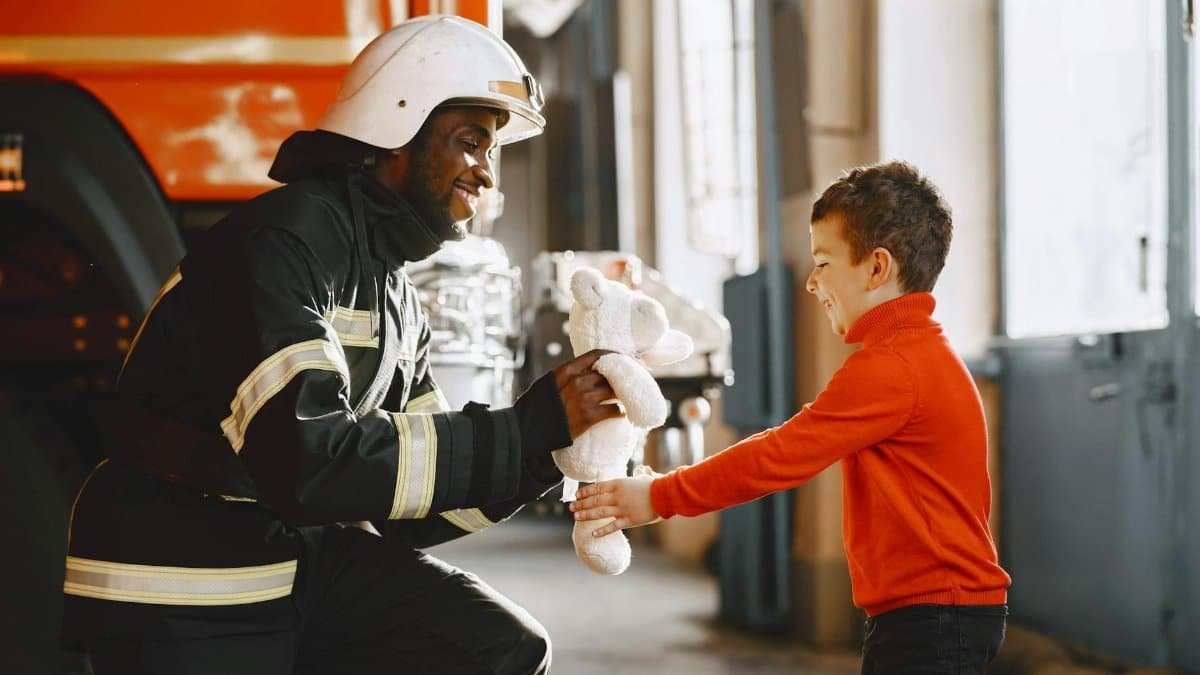
Flip perspectives with this thought exercise. Pair up participants and ask them to imagine they’re their partner for a moment. What might they be grateful for about themselves? One speaks as the other, saying, for instance, “I’m thankful for how I always lighten the mood in meetings.” It’s a bit theatrical, often sparking laughs, but it pushes empathy. People see themselves through fresh eyes. Facilitators should debrief afterward to process any surprises or insights. It’s a deeper dive into mutual understanding.
8. Shared Wins Board

Celebrate collective success with a communal display. Set up a board or wall space where everyone can pin or write about a team achievement they’re grateful for. It might be landing a tough client or surviving a system crash together. Encourage specifics—names, dates, details. Over the retreat, the board grows into a collage of pride. One retreat attendee recalled how seeing their name on a note for a small contribution shifted their sense of value. It’s a visual boost for team spirit.
9. Gratitude Letter Exchange

Writing can unlock deeper emotions. Allocate 15 minutes for everyone to write a short note of thanks to a specific colleague, focusing on a meaningful impact. They can hand it over personally or leave it somewhere discreet. Some retreats collect and distribute them at the end for a surprise element. The act of writing forces reflection, while receiving a note often feels more personal than spoken words. It’s a keepsake that lingers beyond the retreat.
10. Appreciation Hot Seat

Put one person in the spotlight—positively. Someone sits in the “hot seat” while others take turns sharing one thing they appreciate about them. Keep it structured: 30 seconds per speaker, no repeats. Rotate until everyone’s had a turn. It can feel intense, so facilitators should ensure a safe, supportive vibe. The recipient often leaves feeling seen in ways they hadn’t expected. It’s powerful for smaller groups where trust is already budding.
11. Gratitude Bingo

Turn thanks into a game with bingo cards. Each square has a prompt like “Thank someone for their patience” or “Appreciate a leader’s guidance.” Participants mingle to fill their card by completing prompts, getting signatures as proof. First to complete a row shouts “Bingo!” and might win a small prize. It’s lighthearted but purposeful, ensuring everyone interacts across roles. Plus, it’s adaptable for any group size or retreat length.
12. Memory Lane Pairs

Pair up and take a walk—literal or figurative. Each duo recalls a shared memory from work, tying it to something they’re thankful for. If outdoors, a short stroll adds a calming backdrop. If indoors, sitting quietly works too. Give them five minutes to share, then switch partners if time allows. This game unearths forgotten moments, like a casual chat that led to a breakthrough idea. It’s intimate without being forced.
13. Gratitude Challenge Cards
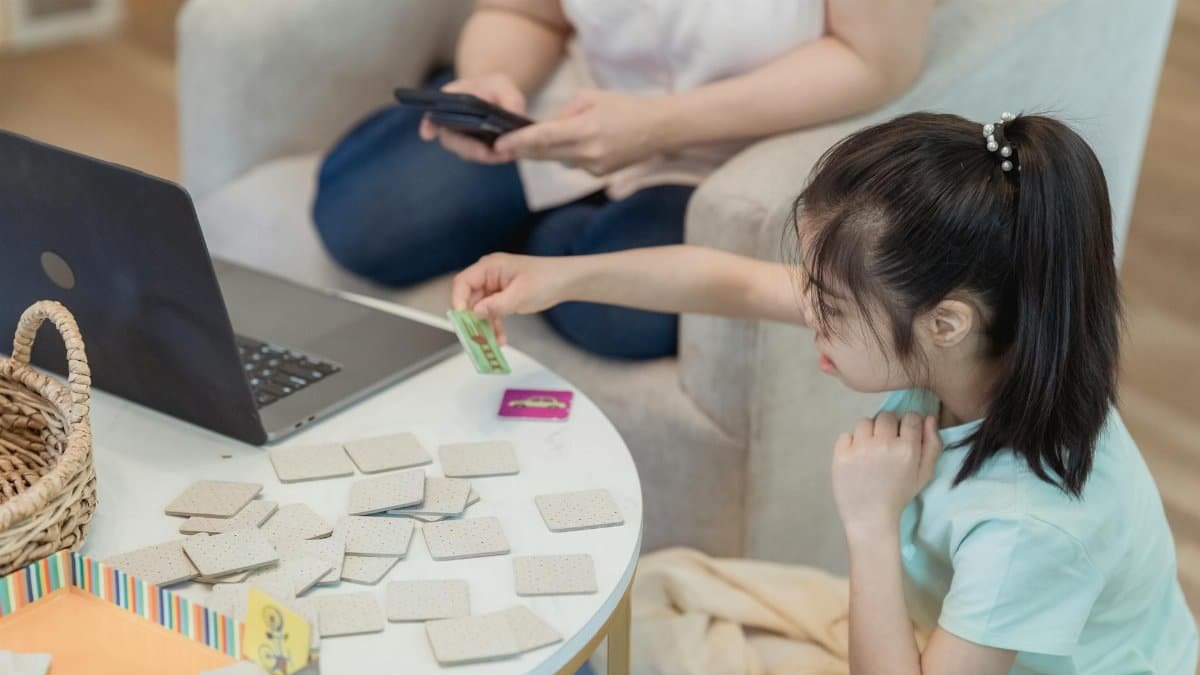
Prepare a deck of cards with gratitude challenges—simple tasks like “Thank someone you don’t often speak to” or “Share a lesson a coworker taught you.” Participants draw a card and complete the challenge during the retreat. Some groups spread this over a day, reporting back with stories. It’s flexible and keeps appreciation active, not just a one-off. The randomness adds a spark of surprise to routine interactions.
14. Team Gratitude Quilt

Create a symbolic tapestry of thanks. Provide fabric squares or paper cutouts. Each person writes or draws something they’re grateful for about the team, then connects their piece to others’ with string or tape, forming a “quilt.” Display it during the retreat. The visual of interconnectedness hits home—everyone’s contribution matters. One team kept their quilt in the break room for months, a constant reminder of unity.
15. Closing Gratitude Reflection
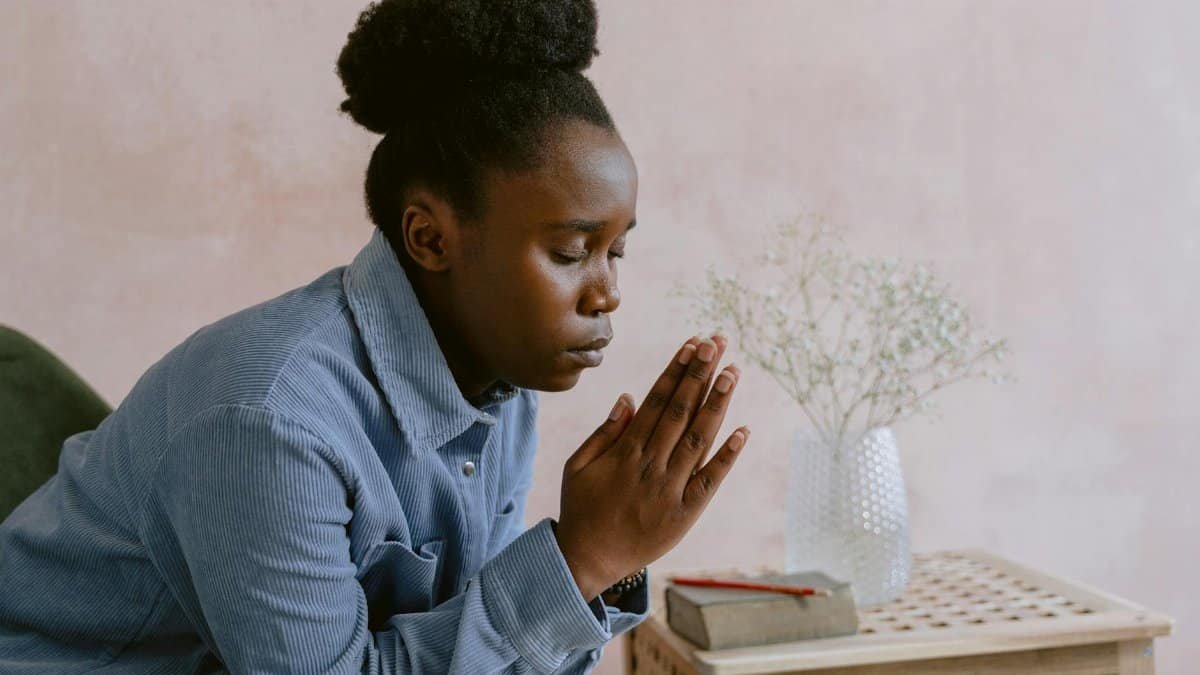
End on a reflective note. In the retreat’s final hour, gather everyone for a guided meditation or quiet moment. A facilitator prompts them to think of three things they’re thankful for from the experience—specific people, moments, or lessons. Some share aloud; others keep it private. It’s a bookend to the gratitude game retreat, sealing the connections made. Research from institutions like Harvard Medical School shows gratitude practices boost well-being, a benefit that extends to workplace dynamics.
These 15 games, grounded in the gratitude game retreat model, aren’t just activities—they’re bridges. Studies from Psychology Today highlight how expressing thanks reduces stress and builds trust, critical for team performance. Meanwhile, reports from Gallup note engaged teams outperform others, often tied to recognition. And as UC Berkeley’s Greater Good Science Center suggests, gratitude fosters resilience, a must in today’s fast-paced work world. In 2025, as hybrid models and burnout challenges persist, weaving gratitude into corporate retreats isn’t a luxury—it’s a strategy. So, next time your team heads offsite, skip the tired icebreakers. Try one of these instead. The results might surprise you.
